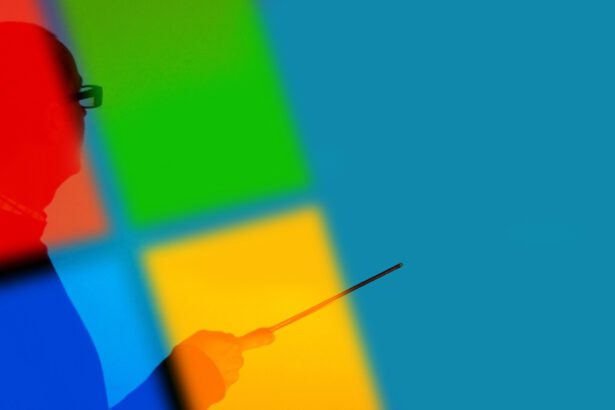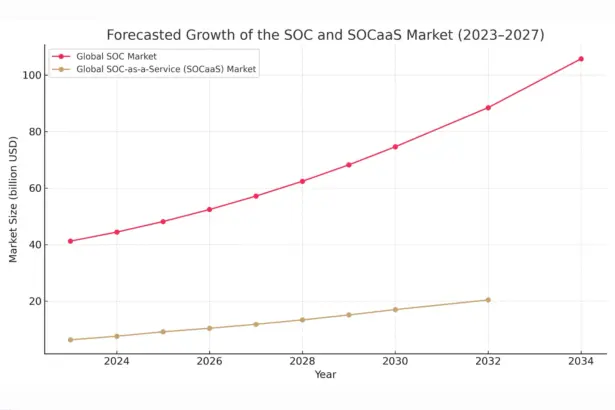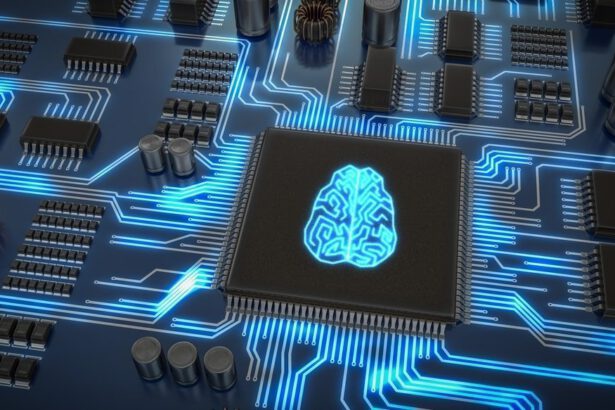Microsoft, like Google and Amazon, has been developing its own computing chips for artificial intelligence for several years. However, according to The Information, the Redmond-based conglomerate’s plans have encountered major obstacles. A new AI chip called Braga – which is the successor to the Maia chip unveiled in 2023 – will not go into production before 2026. This is at least a six-month delay from earlier plans.
The reason? A combination of factors: team turnover, staff shortages and changes to the chip architecture. To make matters worse, once Braga hits the market, its performance is expected to be lower than the latest chips from Nvidia – the current AI market leader.
This is bad news for Microsoft, which – by investing billions in artificial intelligence infrastructure (including OpenAI) – is trying to reduce its reliance on Nvidia’s expensive GPUs. GPUs, especially the H100 series and its successor Blackwell (B200), are a key component of AI’s generative infrastructure, but also a bottleneck – their availability is limited and their prices high.
Microsoft made its debut in the AI chip market in late 2023 with the Maia 100 chip, designed to train and run large language models. At the same time, Amazon was developing its Trainium line and Google had already been investing in proprietary TPU processors for years. And while all of these companies are aiming to become independent of third-party suppliers, only Google can today claim to be a fully-fledged alternative to Nvidia – its TPU v5p chip debuted in April and went straight into commercial cloud offerings.
Amazon is not slowing down either – its Trainium3 chip is still expected to be ready in 2025. Microsoft, meanwhile, could be left without its own GPU alternative for the next several months.
The delay of the Braga chip is not just a technology problem – it is also a blow to Microsoft’s cloud and AI strategy. The company recently announced a partnership with OpenAI to build dedicated AI data centres, and its own chips were to be the foundation of this infrastructure. In the absence of a finished product, Microsoft will most likely be forced to continue using Nvidia chips – and on terms dictated by the supplier.
From a market perspective, this means maintaining the status quo – with Nvidia as the dominant hardware provider for generative AI, and a growing gap between Big Tech in their hardware ambitions. Google and Amazon are consolidating as pioneers of their own chips, while Microsoft – despite its aggressive investment – has to resign itself to lagging. In the AI race, each quarter can cost billions.










